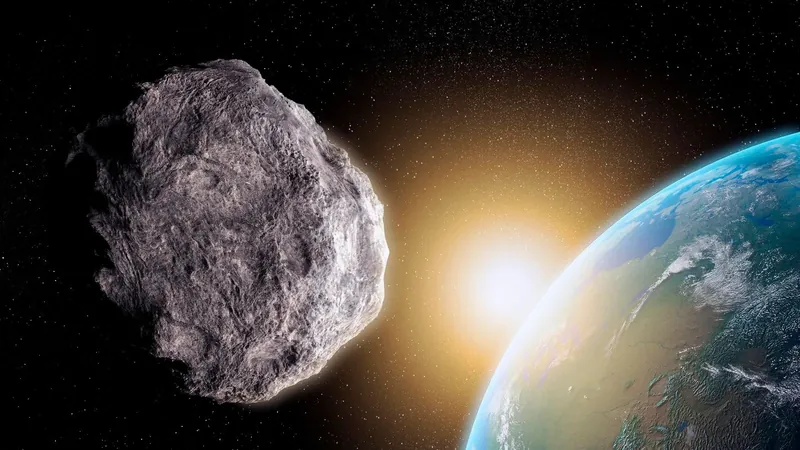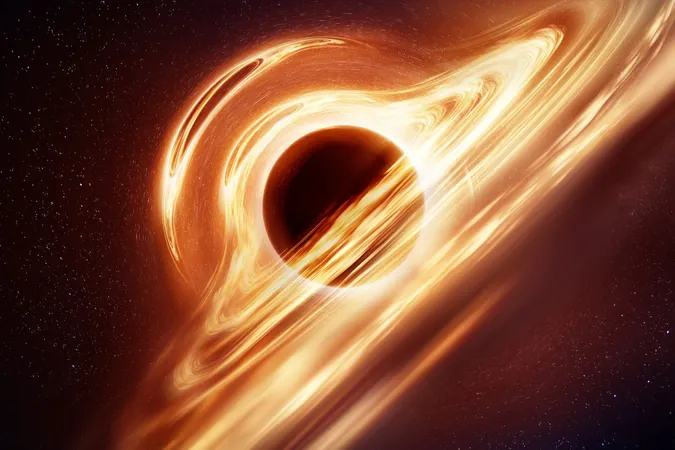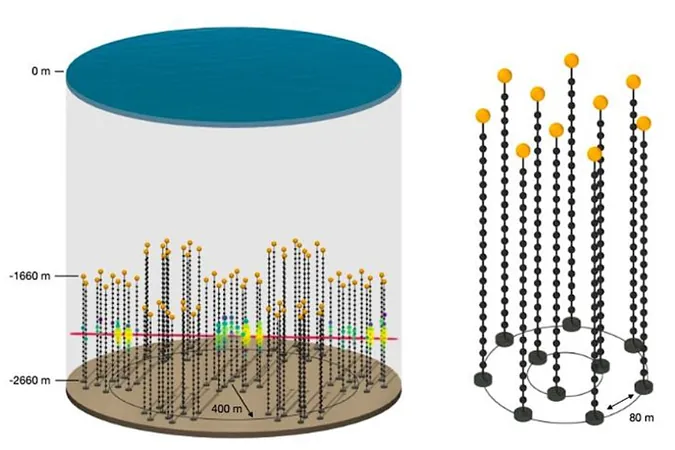
Earth Bids Farewell to Its ‘Mini Moon’ 2024 PT5 on November 25 – Here’s What You Need to Know!
2024-11-24
Author: Sophie
A Captivating Capture
2024 PT5 is not just any asteroid. Measuring approximately 11 meters in size—about equal to a London bus—this object has been cruising around Earth at a distance of about 1.9 million miles (three million kilometers), well beyond the reach of our moon. Asteroids like 2024 PT5 are categorized as Arjuna asteroids, which means they follow orbits around the sun that are somewhat similar to Earth’s. This peculiar orbital relationship allows them to make close passes by our planet and occasionally become what scientists call “captured flyby” events—brief periods where they act like mini-moons.
Where Did It Come From?
Discovered on August 7, 2024, by the NASA-funded Asteroid Terrestrial-Impact Last Alert System (ATLAS) based in Hawaii, Chile, and South Africa, 2024 PT5 is part of our ongoing quest to understand nearby celestial objects. Despite its intriguing nature, this mini-moon—at magnitude 22—remains invisible to the naked eye and even the best amateur telescopes. Only powerful instruments, like those with a 30-inch aperture, can spot this fleeting visitor.
Our Planet's Quasi-Satellites
While Earth officially claims only one true moon, it also hosts several quasi-satellites. One notable example, Kamo‘oalewa (or 2016 HO3), moves in a synchronized orbital dance with Earth and appears to orbit our planet while technically revolving around the Sun. This celestial wonder measures between 130 to 330 feet (40 to 100 meters) in diameter—roughly comparable to the height of the Statue of Liberty—and was discovered back in 2016.
2024 PT5 will make its next close approach to Earth on January 9, 2025, but rest assured, it won't enter orbit again.
As we bid adieu to this mini-moon, the skies remind us of the vast universe we inhabit and the mysteries that continue to unfold beyond our planet. So, keep your eyes on the cosmos and stay curious!









 Brasil (PT)
Brasil (PT)
 Canada (EN)
Canada (EN)
 Chile (ES)
Chile (ES)
 España (ES)
España (ES)
 France (FR)
France (FR)
 Hong Kong (EN)
Hong Kong (EN)
 Italia (IT)
Italia (IT)
 日本 (JA)
日本 (JA)
 Magyarország (HU)
Magyarország (HU)
 Norge (NO)
Norge (NO)
 Polska (PL)
Polska (PL)
 Schweiz (DE)
Schweiz (DE)
 Singapore (EN)
Singapore (EN)
 Sverige (SV)
Sverige (SV)
 Suomi (FI)
Suomi (FI)
 Türkiye (TR)
Türkiye (TR)